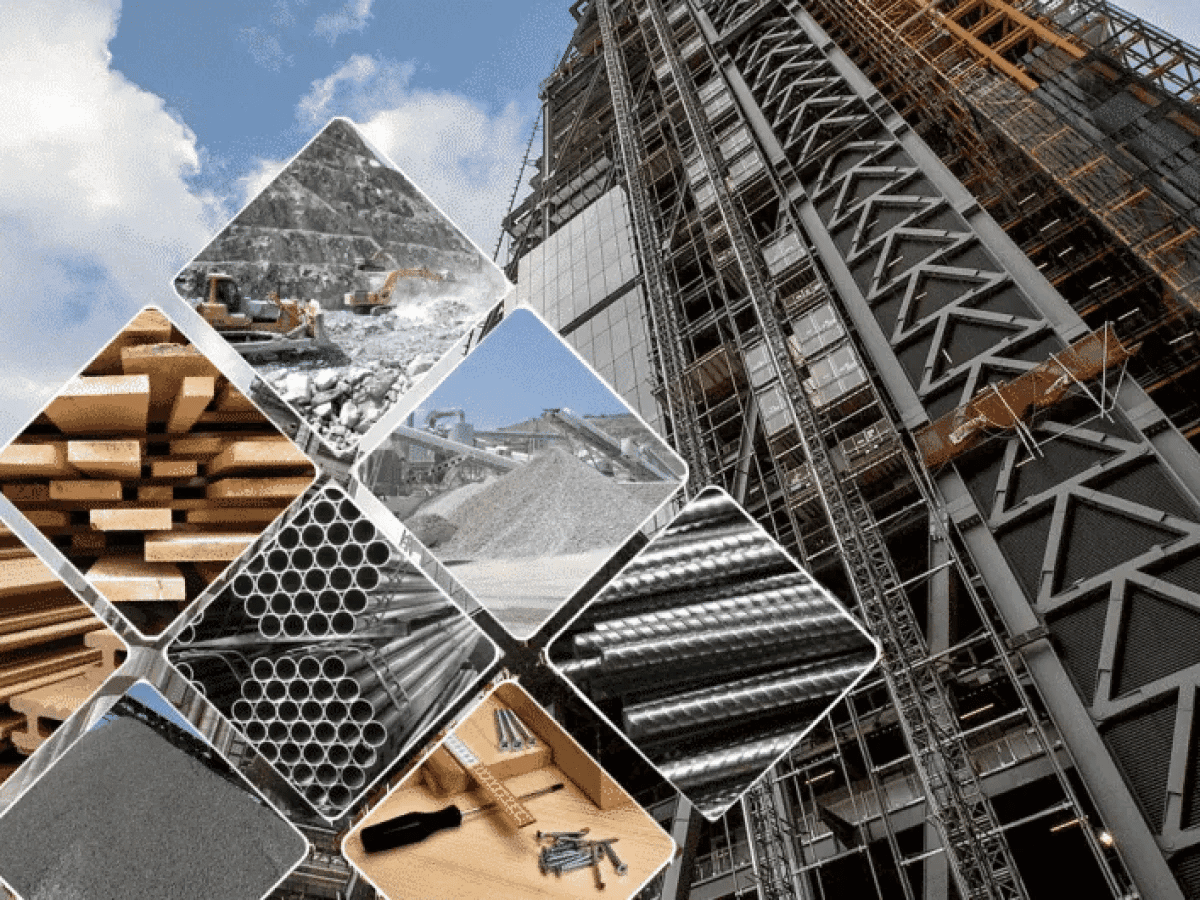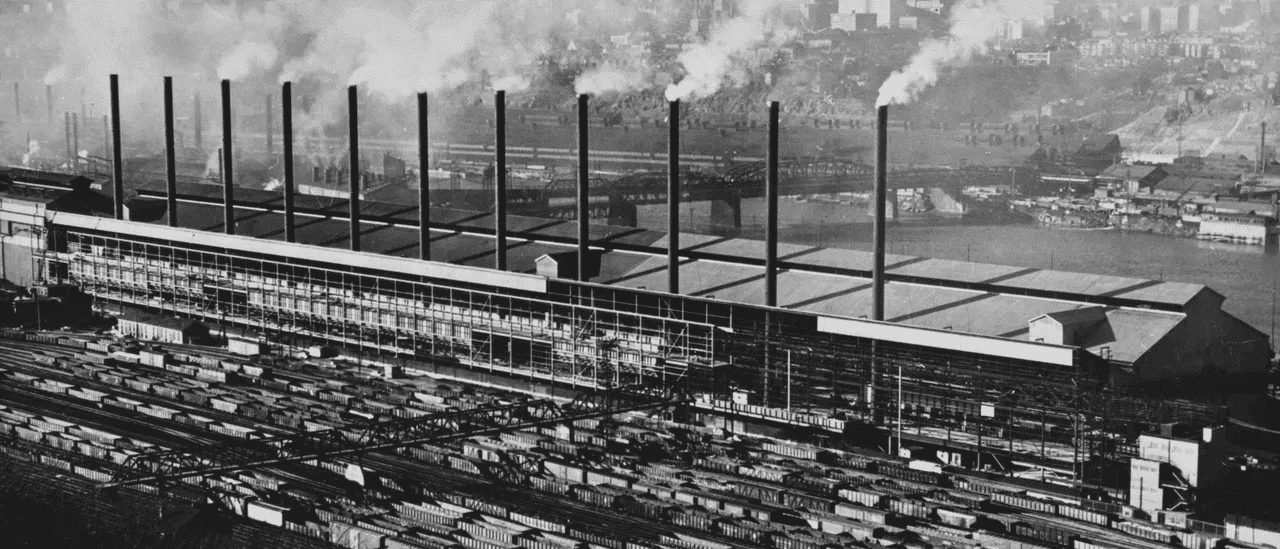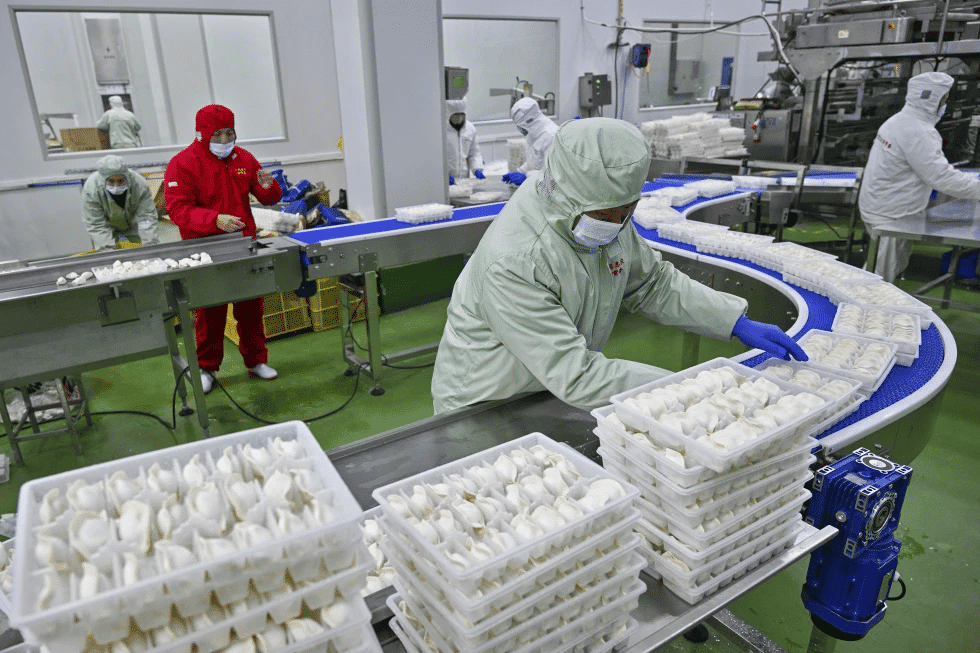
The Kiewit Luminarium, a state-of-the-art science museum in Omaha, Nebraska, has garnered attention for its visually striking perforated aluminum facade. Designed by HDR in collaboration with Kiewit, this architectural marvel seamlessly blends aesthetics with functionality, creating an engaging environment for visitors of all ages.
Innovative Facade Design for a Modern Science Center
The museum’s exterior features an intricate perforated aluminum screen that wraps around the structure, providing both visual appeal and practical benefits. This lightweight yet durable material allows for natural ventilation and dynamic lighting effects, enhancing the building’s energy efficiency while offering a mesmerizing play of light and shadow throughout the day.

A Fusion of Art and Engineering
Beyond its aesthetic appeal, the aluminum facade serves a structural and environmental purpose. The carefully designed perforations regulate sunlight exposure, reducing heat gain and optimizing indoor temperature control. This contributes to the museum’s sustainability goals while ensuring a comfortable visitor experience.
Enhancing Visitor Engagement Through Architecture
Inside the Kiewit Luminarium, interactive exhibits foster curiosity and innovation. The facade’s unique design complements the museum’s mission by creating a visually stimulating atmosphere that encourages exploration and discovery. The building itself becomes an extension of the learning experience, demonstrating how cutting-edge architecture can inspire scientific inquiry.

The Future of Architectural Facades
The Kiewit Luminarium exemplifies a growing trend in contemporary architecture—melding form with function through advanced materials and sustainable design. By integrating perforated aluminum panels, HDR and Kiewit have set a benchmark for future public buildings, proving that modern architecture can be both visually captivating and environmentally responsible.
Conclusion
The Kiewit Luminarium’s perforated aluminum facade is more than just an architectural feature—it’s a testament to the power of innovative design in shaping immersive educational spaces. As the demand for sustainable and interactive public spaces grows, this project serves as a prime example of how architecture can enhance both aesthetics and functionality in the modern era.






























